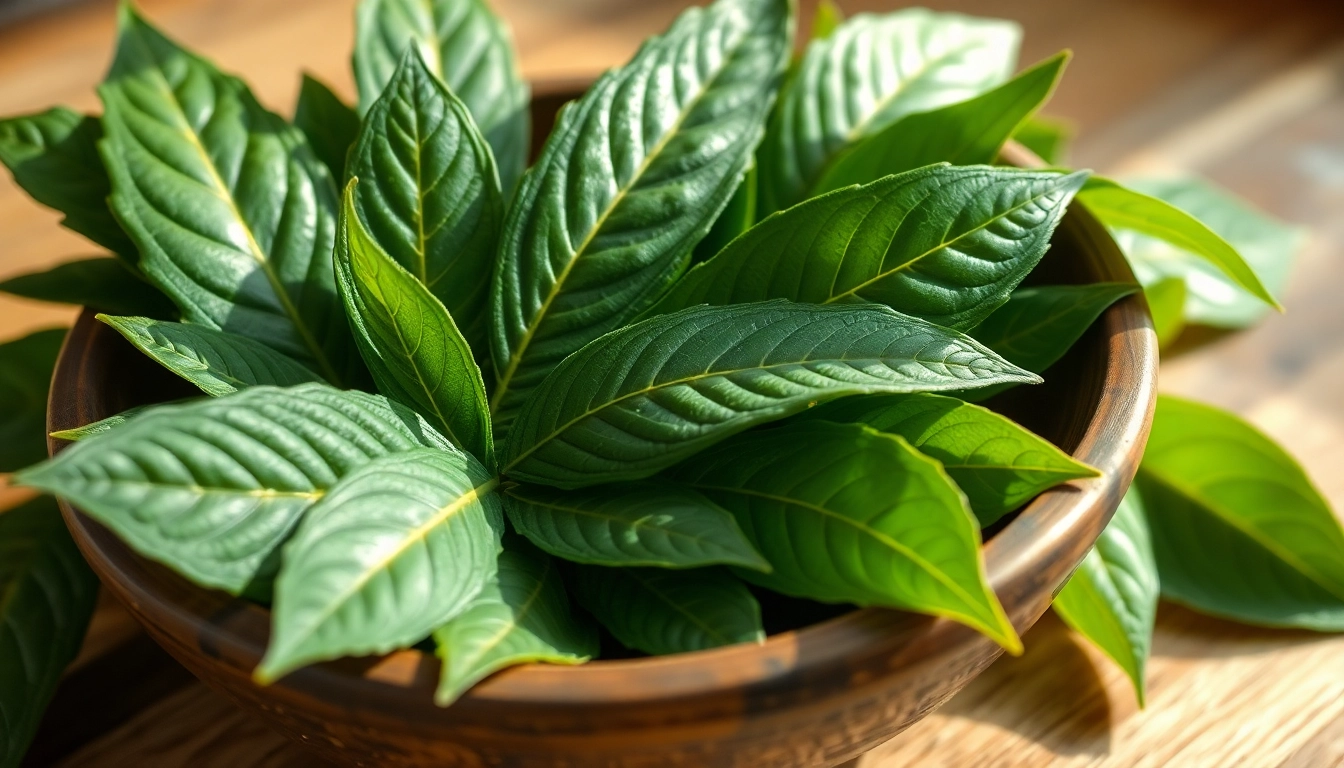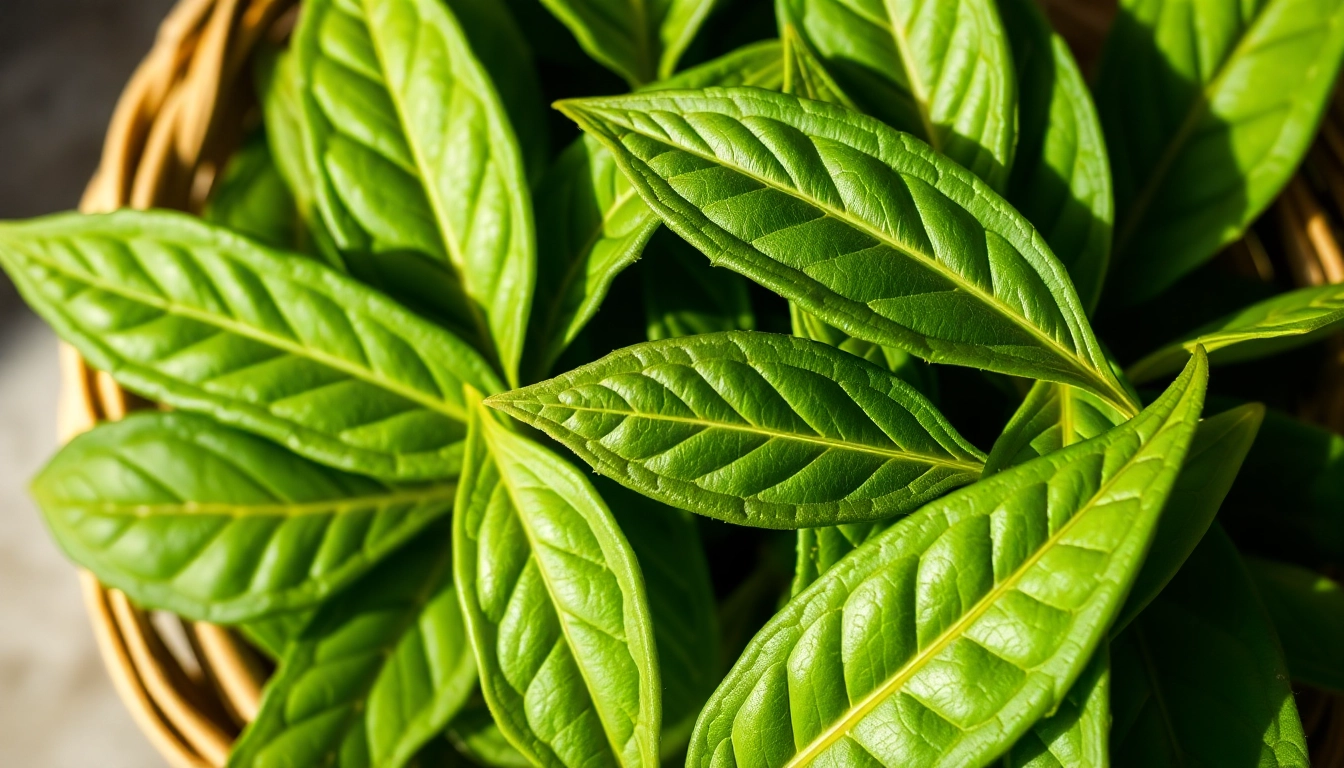Harness the Flavor and Nutrition of Premier Bay Leaves for Your Culinary Creations
Bay leaves have long stood as a cornerstone of global cuisine, revered for their aromatic qualities and depth of flavor. From enhancing humble soups to sophisticated meat dishes, these fragrant leaves bring a distinctive and authentic essence to culinary artistry. As a leading Bay Leaves manufacturer and exporter, Spice Nest offers high-quality, certified bay leaves that uphold the highest standards of purity and potency. In this comprehensive guide, we delve into the various facets of bay leaves—from understanding their types and quality indicators to maximizing their culinary and health benefits, and staying ahead with current market trends.
Understanding Bay Leaves: Types and Quality Indicators
Common varieties of bay leaves used in cooking
Two primary varieties dominate the global spice market: the Mediterranean bay leaf (Laurus nobilis) and the Indonesian or West Indian bay leaf (Syzygium polyanthum). The Mediterranean bay leaf, prized for its subtle, sweet aroma, is the most common in European and American kitchens. Conversely, the Indonesian bay leaf boasts a stronger, more pungent flavor, often favored in Asian cuisines.
Authentic and aromatic bay leaves are pivotal in ensuring the desired flavor profile. Spice Nest’s bay leaves are cultivated meticulously to maintain consistency in flavor, ensuring that each leaf imparts the authentic taste that discerning chefs and home cooks seek.
How to identify high-quality bay leaves
High-quality bay leaves exhibit a vibrant, greenish-brown color with a firm yet flexible texture. The aroma should be strong, fragrant, and pleasant, indicating freshness and proper curing. Look for leaves free from dust, mold, or damage. When crushed, they should release a strong herbal scent without any bitterness or stale odor.
Ensure the leaves are free from adulteration by purchasing from reputable suppliers who provide certification. At Spice Nest, our bay leaves undergo rigorous quality checks aligned with international standards, guaranteeing freshness and potency.
Differences between dried and fresh bay leaves
Fresh bay leaves typically have a bright green hue, moist texture, and a more delicate aroma. However, their shelf life is limited; they tend to wilt and lose flavor rapidly. Dried bay leaves are processed through carefully controlled dehydration, resulting in a hard, brittle texture, and a concentrated aroma. Though dried leaves have a longer shelf life, they must be stored properly to preserve their flavor.
While fresh leaves are ideal for immediate use, dried bay leaves are better suited for seasoning over time, such as in stews and braises, thanks to their ability to release flavor gradually during cooking.
Health Benefits and Culinary Uses of Bay Leaves
Nutrition facts and medicinal properties
Though used in small quantities, bay leaves pack a punch of nutrients, including vitamins A and C, calcium, magnesium, and iron. They are also known for their medicinal properties, such as anti-inflammatory, antimicrobial, and digestive benefits. The active compounds—such as eugenol—contribute to their healing properties and have been traditionally used to alleviate indigestion, respiratory issues, and inflammation.
Incorporating bay leaves into your diet can support overall well-being, making them a natural addition to health-oriented recipes.
Popular dishes featuring bay leaves
Bay leaves are integral to a variety of global cuisines. They underpin classic dishes such as French bouquet garni, Indian biryanis, Italian stews, and Middle Eastern soups. Their role is to add depth and aroma, often used during slow cooking to infuse flavors evenly throughout the dish.
In Indian cuisine, especially, bay leaves (tejpatta) are added to rice, curries, and lentil preparations to impart a warm, aromatic background note.
Tips for incorporating bay leaves into recipes
For optimal flavor extraction, add bay leaves early in the cooking process and remove them before serving to avoid bitterness. Consider crushing slightly before adding to release more essential oils. They pair well with garlic, onions, thyme, and peppercorns for a robust flavor foundation.
Experiment with using whole leaves for presentation or grinding dried leaves to create a powder that blends seamlessly into spice mixes.
Buying and Storing Bay Leaves for Optimal Freshness
Best sources and reputable suppliers
Choosing a trustworthy supplier is vital for quality assurance. Look for certifications, transparent sourcing practices, and detailed product descriptions. Spice Nest, for example, maintains strict quality controls, ensuring that all bay leaves are organically cultivated, carefully harvested, and processed under hygienic conditions, guaranteeing purity and potency.
Proper storage techniques to maintain flavor
Store bay leaves in airtight containers away from direct sunlight, humidity, and heat. A cool, dark pantry or cupboard is ideal. Keep them separate from strong-smelling spices to prevent flavor transfer. Proper packaging prevents moisture absorption and preserves their aromatic qualities.
Longevity and shelf life considerations
When stored correctly, dried bay leaves can retain their flavor for up to 6-12 months. Regularly check for signs of aging such as loss of aroma or discoloration. For maximum freshness, opt for smaller quantities that can be used within a reasonable period, especially if your culinary needs are occasional.
Enhancing Your Cuisine with Authentic Bay Leaves: Tips & Tricks
Combining bay leaves with other spices for depth
Pair bay leaves with herbs like thyme, rosemary, and oregano to create layered flavors. Incorporate spices such as cinnamon, cloves, and black pepper for a warm, complex profile. Proper combinations elevate the overall taste, especially in slow-cooked dishes like soups, stews, and braises.
Fresh vs. dried: when to use each type
Use fresh bay leaves when the delicate aroma is desired for quick-seasoned dishes or garnishes. Dried bay leaves are more versatile for long-cooked recipes, as they release flavors gradually. Recognize that dried leaves are more concentrated—use sparingly to avoid overpowering the dish.
Creative recipes and presentation ideas
Incorporate bay leaves into homemade spice blends, infuse oils or vinegars for enhanced flavor, or serve whole leaves as a natural garnish in rustic platters. Experimenting with crushed or powdered bay leaves allows for seamless integration into rubs and seasoning mixes.
Market Trends and Industry Insights on Bay Leaves
Global demand and export statistics
The global market for bay leaves is expanding steadily, driven by increasing awareness of their culinary and health benefits. Countries like India, Turkey, and Sri Lanka dominate production, with export markets flourishing in North America, Europe, and Asia. According to industry data, the demand for organically sourced bay leaves has surged by over 15% annually in recent years, highlighting a shift towards cleaner, sustainably sourced spices.
Emerging trends in organic and sustainably sourced bay leaves
Sustainability and organic certifications are becoming standard expectations among consumers. Organic bay leaves, cultivated without synthetic pesticides or fertilizers, are preferred for health-conscious and environmentally aware markets. Spice Nest’s commitment to organic cultivation and fair-trade practices ensures a product that meets these rising standards.
Certifications and quality assurance in the bay leaf industry
Certificates such as ISO, HACCP, Organic, and Fair Trade guarantee quality and safety. These validate purity, traceability, and eco-friendly practices. Leading producers invest in rigorous quality audits and certifications to meet international standards, making their products more competitive globally.

